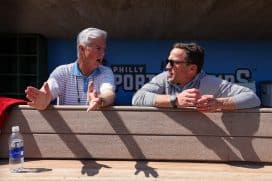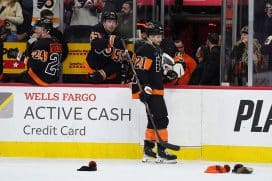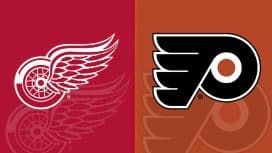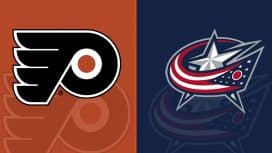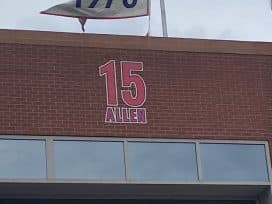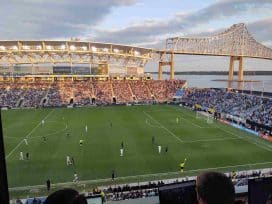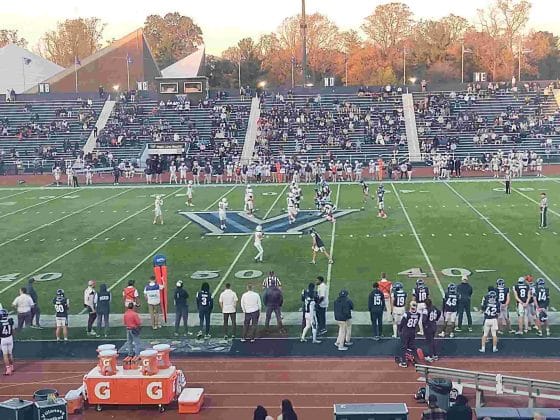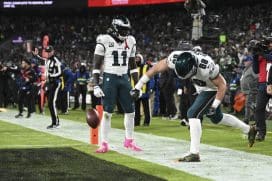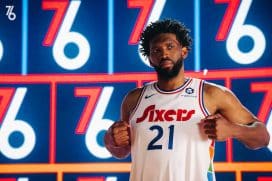Uncategorized
Phillies Sign Papelbon: Is it a Good Move?
Posted by Mike Frohwirth
The Phillies' signing of reliever Jonathan Papelbon to a free agent contract worth a minimum of $50MM (4 years/$50MM, with a $12MM option for Year 5) was surprising this early in the offseason. Was it a smart acquisition by the Phillies? Let's look at the pros and cons of the move.
Reasons why the Papelbon signing was a good move:
1. Papelbon was the best elite free agent reliever available.
Just look at Papelbon's stats in 2011: 12.17 K/9, 8.70 BB/9, 2.16 xFIP. Simply incredible numbers. Ryan Madson is an elite reliever, and I would argue that he was the second best reliever available in free agency. Papelbon is better, and it's not especially close.
2. GM Ruben Amaro, Jr. was determined to sign an elite "closer."
Amaro indicated early that he had every intention of signing an elite closer. His aggressive decision to sign Papelbon during the first week of free agency serves as evidence that he was determined to pursue this course of action (and not merely posturing via the media). Amaro succeeded in signing the best reliever available.
Reasons why the Papelbon signing was not a good move:
1. At four years, and $50 million, it was an overpay of massive proportions.
Papelbon is a great reliever. But he will likely pitch fewer than seventy innings next season. As long as Charlie Manuel continues to let the save rule govern his bullpen decisions, many of those innings won't even be the highest leverage innings. Even if Papelbon was used in the most optimal way, it's highly unlikely that he (or any reliever) could merit an expenditure of that size.
2. Relievers' performances frequently vary from year to year.
The majority of relievers see their effectiveness vary from year to year. In any four-year period, many will miss time due to injury, and/or see their effectiveness reduced due to injury concerns. Papelbon has been outstanding for each of the last six seasons, but there is no guarantee that he will (or won't) remain outstanding for the next four. If he does miss time, or lose some of his effectiveness, the contract will look even worse. The Phillies spent the last three seasons with a declining $12.5MM "closer" on their payroll. Hopefully, the Papelbon deal won't be reminiscent of the disastrous Lidge deal. (Or worse. If Papelbon sustained a career-ending injury in Year 2, the Phils would spend $25MM in Years 3 and 4 for zero production. As Papelbon is signed for his Age 32 through Age 35 seasons, the potential for injury may be even higher.)
3. The signing affects the Phillies' ability to sign additional free agents, in the short-term.
(The Phillies, despite their recent personnel moves, do not have an infinitely sized payroll. It's likely that they will only spend up to the luxury tax threshold (of $185MM in 2012?).)
Papelbon's $12.5MM contract is similar to the expiring contract of middle reliever Brad Lidge. It has been argued that the Phillies simply "gave Lidge's money to Papelbon." This is an oversimplification. The Phillies' payroll did decrease, as a result of the expiring contracts of Lidge, Raul Ibanez, Jimmy Rollins, and Roy Oswalt. However, the Phillies approached the offseason with the following needs: SS, LF, OF/1B (to cover during Ryan Howard's recovery period), reliever(s), bench. Additionally, Cole Hamels and Hunter Pence will receive raises ($3MM each?) Cliff Lee is scheduled for a $10.5MM raise from 2010, while Shane Victorino's salary increases by $2MM. The Phillies did have some money to spend, but putting so much of those funds into Papelbon's contract effectively reduced the quality/quantity of additional free agent acquisitions (though this may not be transparent).
4. The signing affects the Phillies' ability to sign additional free agents, in the longer term.
(The Phillies, despite their recent personnel moves, do not have an infinitely sized payroll. It's likely that they will only spend up to the luxury tax threshold (of $185MM in 2012/$190MM in 2013?).)
The Phillies, with the addition of the Papelbon contract, now have $92.5MM guaranteed to five players for 2013. (Halladay: $20MM, Howard: $20MM, Lee: $25MM, Utley: $15MM, Papelbon: $12.5MM). That will likely be approximately half of their available payroll for 2013, with twenty roster spots still to be filled. After 2012, ace starter Cole Hamels will be a free agent, and would likely require approximately $18MM/yr. to retain. Elite center fielder Shane Victorino will be a free agent, and can expect a contract worth $12-$15MM/yr. Slightly above average right fielder Hunter Pence will be arbitration-eligible, and can expect a contract in the $12-$15MM/yr. range. Before the Papelbon signing, retaining these players would have been extremely difficult. Now, the Phillies will likely only be able to afford one of these three free agents. (Hopefully, it will be Hamels!)
5. The $12.5MM spent on Papelbon could have been better spent elsewhere.
With many veteran relievers available in free agency this offseason, it should be a Buyer's market. For $12.5MM, the Phils could have gotten two good relievers. If they had given these hypothetical relievers two-year contracts, the Phils could have reduced their risk exposure (not locked into paying these relievers for Years 3 and 4, as they are with Papelbon). With Antonio Bastardo, Philippe Aumont, and Justin De Fratus as young (cheap) bullpen options, the Phils could have evaluated their situation after the 2013 season, and signed new free agent relievers/selected internal (cheaper) options. The money saved by filling high leverage roles with their young (cheap) relievers could have been spent elsewhere. If you are just considering the 2012 season, the Phillies could have likely spent $6-8MM on a "Joe Nathan-type" for 2012, and put the $4.5-$6.5MM "saved" towards other needs. A shortstop, perhaps?
6. Papelbon probably could have been signed at a lower cost.
Amaro decided he wanted Papelbon, and raced to overpay him, despite the Buyer's market for relievers. Only a limited number of teams can afford a $10MM+ closer. By waiting, and using the leverage the market provided, Amaro likely could have reduced the yearly outlay to Papelbon. More importantly, he might have been able to reduce the number of guaranteed years. Even reducing the contract from four years (+option), to three years would have been a significant improvement.
Jonathan Papelbon was the best free agent reliever available. With the possible exception of Mariano Rivera, there is probably no reliever the Phillies would rather have pitching the ninth inning. However, Papelbon comes at an exorbitantly high price, both in salary, and in the associated opportunity cost (probable inability to retain other players, as a result of Papelbon contract). Amaro got his preferred closer, but the organization will likely face future repercussions as a result.

